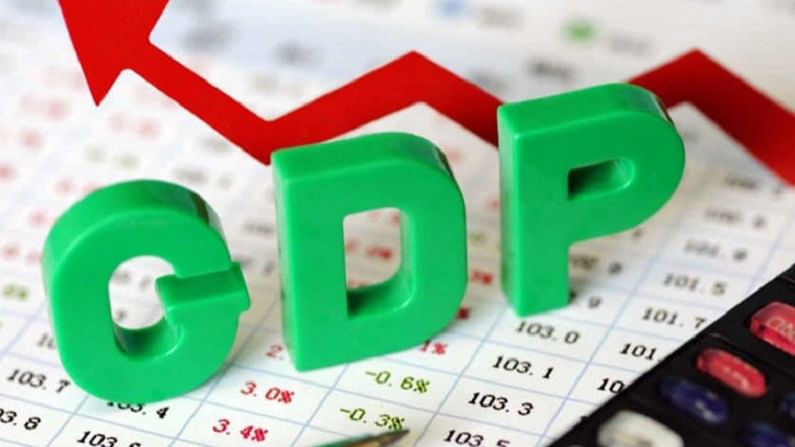Economic activity declines for the first time in 10 weeks: Research Agency
Indicators such as railway freight revenues, electricity generation, and traffic congestion were down in the week ending July 25.

Economic activity in the country showed a decline for the first time in 10 weeks, according to research agency QuantEco. The agency daily activity and recovery tracker index estimated economic activity to have contracted for the first time after nine weeks of steady expansion for the week ending July 25.
The Nomura India Business Resumption Index (NIBRI), too, declined marginally to 95.3 for the week ending July 25 from 96.4 recorded in the previous week.
“On a week-on-week basis, the index slipped by 2.5% compared to an expansion of 1.7% in the week prior. In absolute levels, the index retreated to 97.7 after having surpassed pre-pandemic level of 100 in the week prior, at 100.2,” said a report from QuantEco.
E-way bills up marginally
The agency’s economist Yuvika Singhal said in the week ending July 25, only two indicators – online restaurant searches and E-way bills witnessed marginal improvement, while all other indicators were down, especially electricity generation, rail fright revenues and traffic congestion.
In its report for the week ending July 18, the agency had said that the momentum in economic activity was wearing off.
Below pre-pandemic level
Significantly, in the week ending July 17, economic activity had witnessed a rise to the pre-pandemic levels of March 2020. Last week’s decline effectively pulled the activity below that baseline.
The agency said that despite contraction in the previous week, “economic activity can be expected to continue to trend sideways in the coming weeks”.
Sero survey
“While we remain watchful of a rise in COVID cases in select states/districts, the vaccine effectiveness getting validated globally by low mortality/hospitalisation rates despite the surge in Delta variant, offers hope. The recent Sero survey by ICMR, which estimates 2 out 3 Indians possessing COVID anti-bodies, gives India an opportune window to up the pace of daily vaccinations from the current run rate of ~4.1 million to ~6 million; in a bid to inoculate close to 60% of the population with a single dose by year end,” added the weekly report.
Decline in unemployment
Meanwhile, a steady decline in unemployment rates as measured by the Centre for Monitoring Indian Economy (CMIE) was observed. The 30-day moving average unemployment rates came down from their peak 14-15% range and reached and average figure of 6.89% in the country.
While the rural rate was 6.33% that for the urban areas stood at 8.14% on July 27.
On July 25, the pan-India, rural and urban rates of unemployment (30-day moving average) stood at 7.09%, 6.52% and 8.35%.
Urban blues
During the heights of the second wave of the pandemic, urban employment suffered the most, while the rural sector was relatively better shielded from job losses.
The average rates of unemployment for the country, rural and urban sector were at 9.17%, 8.75% and 10.07% for the month of July.
For the month of May, pan-India average unemployment had reached 11.90%. The rural rate was 10.63% while the urban rate was 14.73%.
Labour participation rate
NIBRI, too, reported labour participation rate rising from 40.4% in the previous week to 41.1% in the week ending July 25.
Labour participation rate is calculated as the labour force divided by the total population in the working age. The working age population includes the people within the 15 to 64 years age bracket.
Download Money9 App for the latest updates on Personal Finance.
Related
- अमेरिकी टैरिफ से भारत में महंगाई बढ़ने, रोजगार जाने का रिस्क नहीं: अर्थशास्त्री
- RBI: खपत में आ रही तेजी, आंकडे दे रहे गवाही जल्द हाई ग्रोथ ट्रैक पर लौटेगी अर्थव्यवस्था
- मुंबई में पेट्रोल-डीजल वाहनों पर बैन को लेकर हो रहा विचार, सरकार ने स्टडी करने के लिए बनाई कमेटी
- SBI ने घटाया GDP ग्रोथ रेट का अनुमान, FY-25 में 6.3% से इकोनॉमी के बढ़ने की उम्मीद
- देश की आर्थिक गति बरकरार, 6.5 से 7 फीसदी ग्रोथ हासिल करने की उम्मीद
- भाविश अग्रवाल ने बताई ओला के मुनाफे की रूपरेखा, इलेक्ट्रिक कार पर नहीं है फोकस

